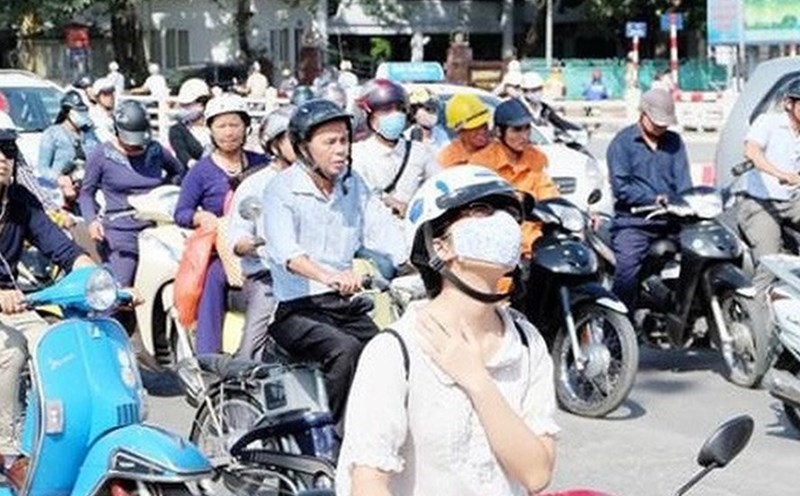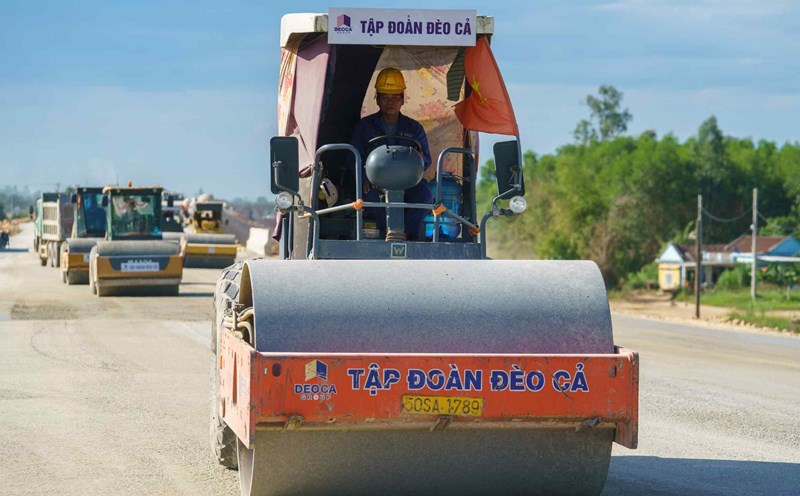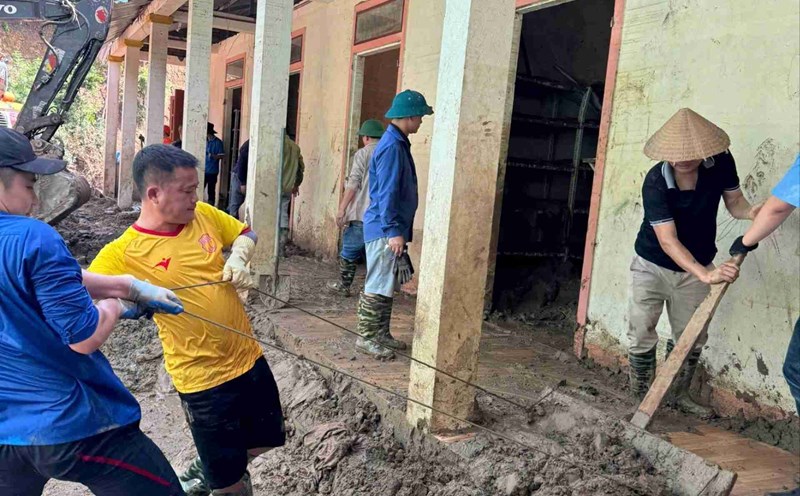heatstroke is not just outdoor
Dr. Nguyen Minh Hieu - A9 Emergency Center, Bach Mai Hospital - said that heat and sunburn are two common conditions when the body has a physical disorder of thermoregulation due to prolonged exposure to high temperatures. Notably, not only does the harsh sunshine outdoors cause heatstroke, but even when inside the house, if not ventilated and humid, the body can still fall into a dangerous state.
Heat loss occurs when the body is unbalanced in heat excretion - often caused by heavy work, wearing thick clothes, not sweating or in a pumpkin environment. Meanwhile, heatstroke is the result of direct sunlight on the head, neck, and throat, causing disruption of the radiation center.
The sun is shining faster than it is hot because the body cannot adjust in time to excrete heat, warned Dr. Hieu.
Most vulnerable subjects
Children, the elderly, people with chronic diseases and people who often work outdoors are the groups at highest risk of heatstroke. Workers in closed, unventilated environments or doing high-intensity physical exercise in hot weather also need to pay special attention.
Dr. Nguyen Minh Hieu said that the symptoms of heatstroke may initially be fatigue, thirst, and nausea. However, if not treated promptly, the patient can have a high fever above 40 degrees Celsius, dizziness, impaired consciousness, seizures, coma, heart attack, and even death.
In infants and young children, common signs are high fever, dehydration, dry, wrinkled skin, and poor breastfeeding. When seeing signs of seizures and low limbs in the child, they should immediately suspect and handle it as a serious emergency.
Dr. Nguyen Minh Hieu showed the right first aid to save the patient's life. That is to take the patient out of the hot place, into a cool, airy place or room with air conditioners.
Remove your clothes, apply a damp cloth to your neck, armpits, groin and fan to cool.
If you are still alert, drink oresol mixed properly or water, fruit juice.
If unconscious, tai lan and call for emergency help immediately.
Absolutely do not use ice water, do not apply ice directly, do not arbitrarily use fever-reducing medicine or mix salt water because it can make the condition worse.
How to effectively prevent in hot weather
Limit going out during hot weather, especially at midday.
Drink enough water and relieve electrolytes even when you are not thirsty.
Wear cool, bright clothes, a wide-brimmed hat, and sunscreen when going out.
Increase a nutritious diet, reduce foods that cause high heat such as red meat, increase vegetables and fruits.
Absolutely do not drink alcohol when doing outdoor activities.
For the elderly, children, and people with underlying diseases, it is necessary to pay special attention to keeping the living environment cool, avoiding traveling in the sun, and traveling by sunless means if necessary.
According to the National Center for Hydro-Meteorological Forecasting, weather 5.8: The North cools down due to thunderstorms, the Central and South are still hot and sunny
From the evening of August 5, thunderstorms will spread across the North, ending the severe heat. It is forecasted that by the morning of August 7, the total rainfall in mountainous and midland areas will be 60-120mm, in some places over 250mm, with the potential risk of flooding, flash floods, and landslides.
Meanwhile, the Central region will continue to have hot weather of 36-38 degrees Celsius, some places above 38 degrees Celsius and is likely to last for many days to come. The South will have sunny days, some places will have hot weather of 36 degrees, and showers and thunderstorms in some places in the evening. Hanoi will decrease to 35-36 degrees, with rain in the evening.











